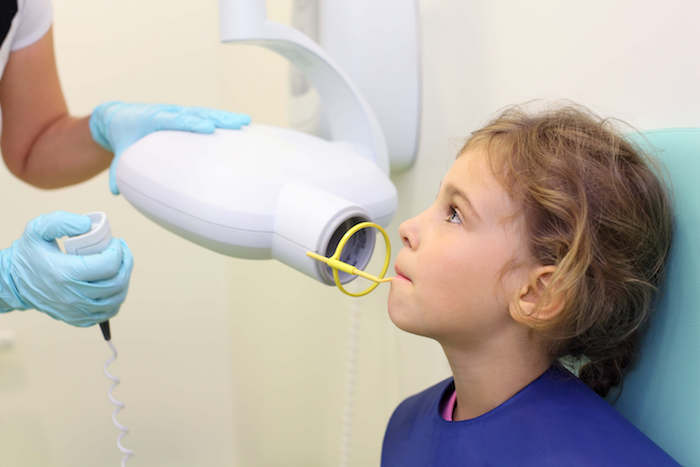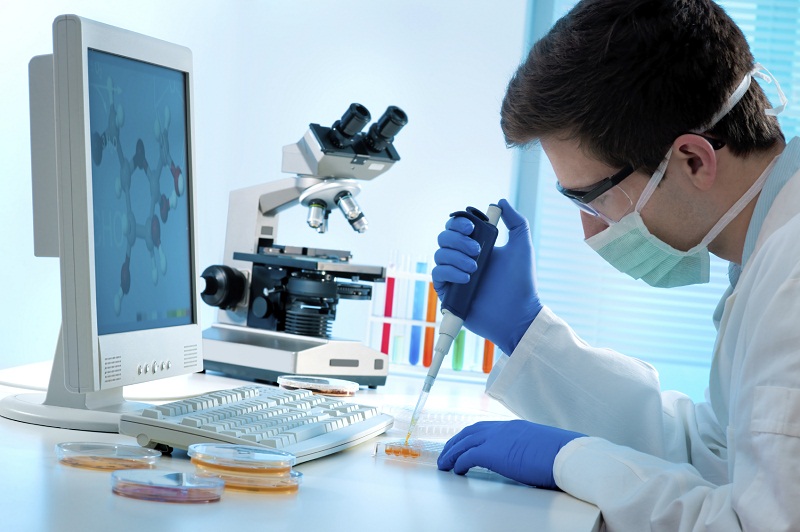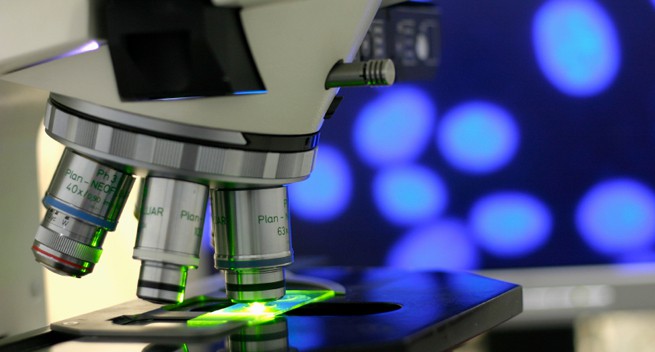Why Your Dentist Uses 3D X-Ray Technology

If you’re (ahem) a bit older, you likely have very fond memories of those standard black and white x-rays of your upper and lower teeth. These days, medical technology has rapidly improved, and more and more, dentists are using a color mapping 3D X-ray. Indeed, 3D dental imaging is quickly becoming the new standard in dental care.
But why do you need it? 3D imaging allows a dentist to have views of your teeth, mouth and jaw that they never had before with standard x-ray or even CT scans. The images in a color mapping 3D X-ray are so much more detailed. Dentists can see so much more—details like underlying muscles and nerves. In fact, the dentist can even see an infection. The images have an incredible resolution, allowing dentists to make precise measurements in order to pinpoint exact locations of dental procedures like drilling for cavities, crowns or implants.
Dentists have gone digital and 3D x-rays are becoming much more commonplace, particularly the color mapping 3D x-ray technology. Traditional x-rays are only 2D but the new 3D technology offers new insight into diagnosis and treatment. For example, dentists can perform a bone quality assessment to make sure there is sufficient bone for placing a dental implant. The technology can also be used to better determine the size and location of bone breaks in cases of trauma. Dentists can also recognize areas of bone degeneration or see areas that could potentially become problematic in the future.
The 3D images show features and angles of the teeth that could never before be seen. Dentists can now look at the temporomandibular joint from all angles to more easily diagnose TMJ disorder. Dentists and other dental professionals can place dental implants from every angle to make sure they are choosing the best implant for the patient’s situation. Amazingly, this technology allows the dentist to build a full 3D model of the teeth and the skull in cases where diagnoses are very complex. Remember those trays filled with gooey liquid—you know the ones—to get your teeth impressions? The 3D technology allows the dentist to take a digital impression, and from there, he or she can plan implants, dentures, dental restorations and even custom sleep appliances.
The 3D x-rays emit far less radiation than traditional methods, and they’re not as intrusive. Yeah! No more biting down on x-ray film or a piece of plastic! We’re sure your dentist still has the tried-and-true things like bubblegum-flavored toothpaste, but they likely also have color mapping 3D X-ray now—and that is way cooler than toothpaste ever will be!






